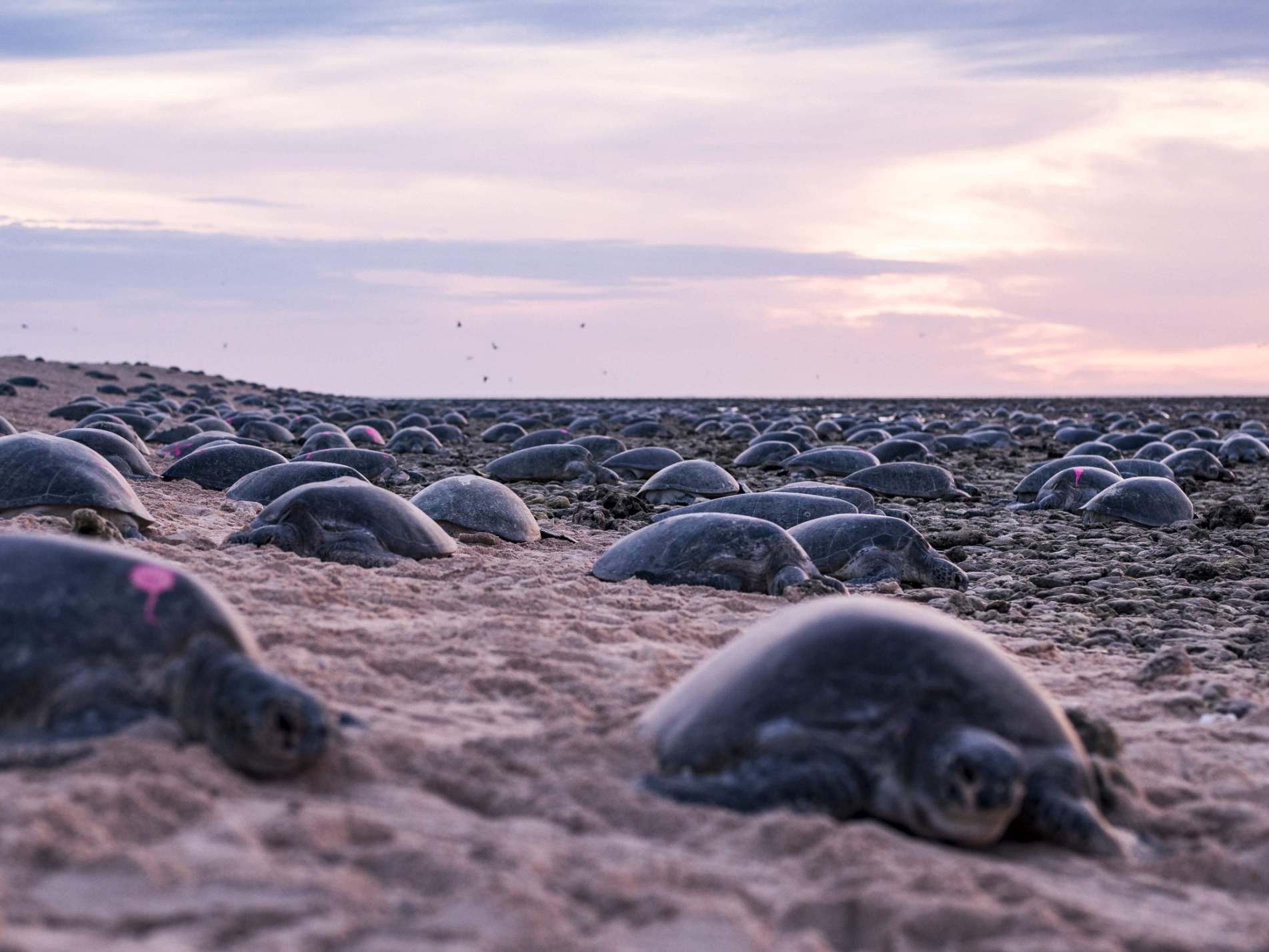Your support helps us to tell the story
From reproductive rights to climate change to Big Tech, The Independent is on the ground when the story is developing. Whether it's investigating the financials of Elon Musk's pro-Trump PAC or producing our latest documentary, 'The A Word', which shines a light on the American women fighting for reproductive rights, we know how important it is to parse out the facts from the messaging.
At such a critical moment in US history, we need reporters on the ground. Your donation allows us to keep sending journalists to speak to both sides of the story.
The Independent is trusted by Americans across the entire political spectrum. And unlike many other quality news outlets, we choose not to lock Americans out of our reporting and analysis with paywalls. We believe quality journalism should be available to everyone, paid for by those who can afford it.
Your support makes all the difference.Scientists have discovered that the world’s largest population of green turtles is nearly twice as big as previously thought, after drones allowed them to observe the animals better.
About 64,000 nesting green turtles were filmed waiting to lay their eggs on Raine Island, a vegetated coral cay located on the outer edges of the Great Barrier Reef.
Australian researchers from the Great Barrier Reef Foundation’s Raine Island Recovery Project said using a drone helped them accurately count thousands of turtles, a task too difficult to do “from a small boat in rough weather”.
Their findings, which were published in scientific journal PLOS ONE, compared three methods for counting the turtles as they made their way to the nesting grounds on Raine Island.
Richard Fitzpatrick, a research partner from the Biopixel Oceans Foundation, said previous vessel-based counts were inaccurate.
“When we compared drone counts to observer counts, we found that we had under-estimated the numbers in the past by a factor of 1.73.
“By using drones, we have adjusted historical data. What previously took a number of researchers a long time can now be accomplished by one drone operator in minutes.”
The paper’s lead author Dr Andrew Dunstan, of the Queensland Department of Environment and Science, said: “Previous population survey methods involved painting a white stripe down the green turtle’s carapace when they were nesting on the beach, then getting on a small boat and counting painted and non-painted turtles.
“Our eyes are attracted much more to a turtle with a bright white stripe than an unpainted turtle, but the pain washed off after a few days and the counting accuracy suffered.
“Trying to accurately count thousands of painted and unpainted turtles from a small boat in rough weather was difficult. Using a drone is easier, safer, much more accurate and the data is permanently stored,” he added.

Managing director of the Great Barrier Reef Foundation, Anna Marsden, congratulated the researchers and described the images produced by the drone as “extraordinary”.
“Raine Island is the world’s largest green turtle nesting site and that’s why we’re working with our Raine Island Recovery Project partners to protect and restore the island’s critical habitat,” she said.
“We’re taking action to improve and rebuild the island’s nesting beaches and building fences to prevent turtle deaths, all working to strengthen the island’s resilience and ensure the survival of our northern green turtles and many other species.”

Join our commenting forum
Join thought-provoking conversations, follow other Independent readers and see their replies
Comments